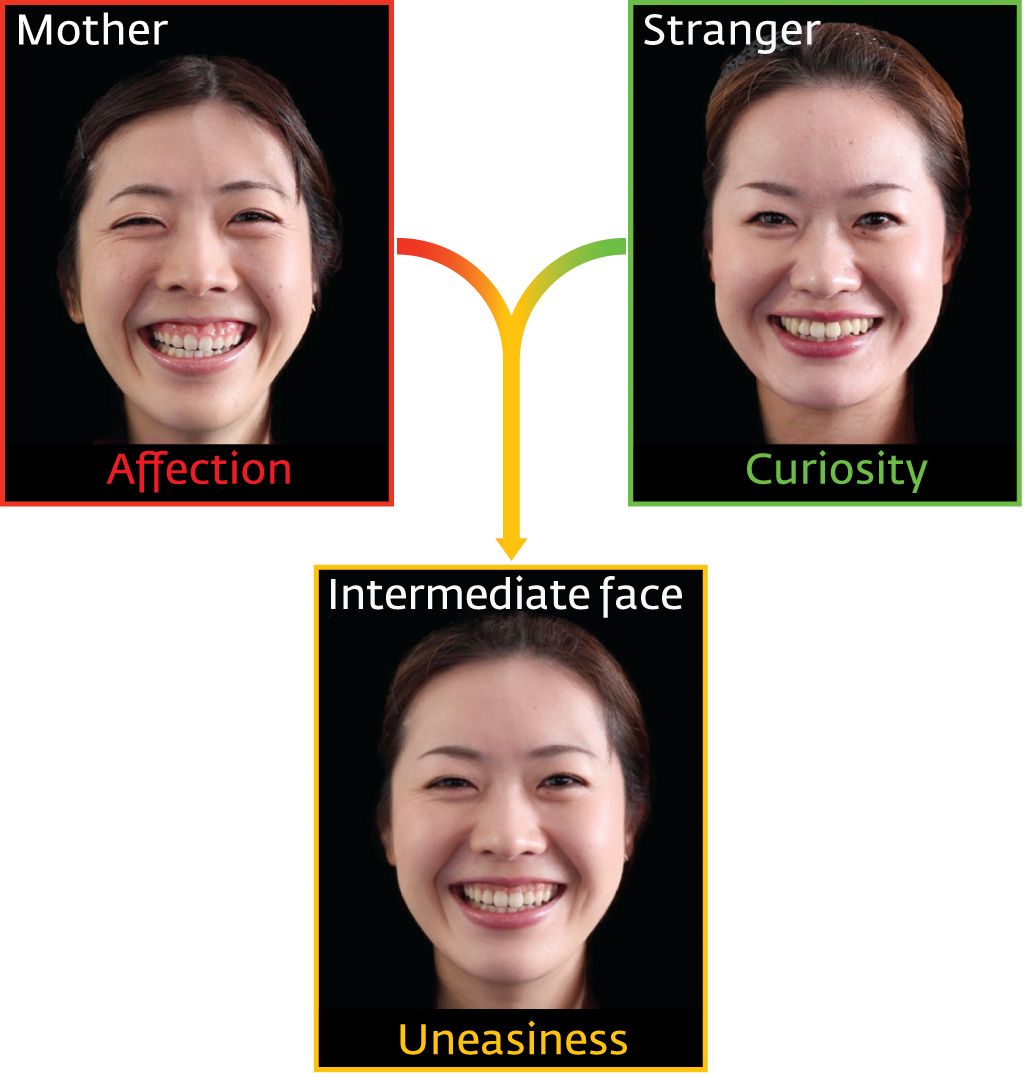'Uncanny Valley' Unease May Start in Infancy

Something "uncanny" seems familiar yet alien at the same time, often stirring a feeling of fear or revulsion. For example, we tend to feel creeped out around lifelike robots and animatronics that fall in the "uncanny valley," the divide between the fully human and the not-exactly-human. New research suggests this type of reaction might start in infancy.
Scientists in Japan studied how 57 babies reacted to pictures of faces. The infants were shown real photographs — either of the child's mother or a complete stranger — and natural-looking morphed images that combined either the mother's face and a stranger's face or two strangers' faces.
In previous studies, researchers showed that infants tend to stare at pictures of both mothers and strangers for about the same amount of time, but measures of their neural responses suggest they process the two faces differently.
"Infants like both familiarity and novelty in objects," Yoshi-Taka Matsuda of Tokyo's Riken Brain Science Institute said in a statement. "We wondered how their preference might change when they encountered objects that are intermediate between familiarity and novelty."
Using an eye-tracking system, the researchers found the infants looked at the photos of their mothers longer than the "half-mother" hybrid faces. This effect strengthened with the infant's age, the team said. There was no significant difference in the infants' preference between the real and morphed photos of strangers.
Matsuda said it is possible that the infants felt disinterest looking at an uncanny "half-mother" picture, because the face was not totally new, like a stranger's, and did not rouse the affection associated with a mother's face.
"However, most adults also reported uneasiness related to morphed faces of their mothers, so we interpreted that infants might be having the same reaction," Matsuda explained.
Sign up for the Live Science daily newsletter now
Get the world’s most fascinating discoveries delivered straight to your inbox.
In their study, published in the journal Biology Letters, the researchers said their findings show that there is another type of the uncanny valley between the face of the mother and the face of a stranger for infants, and this phenomenon appears during development. The team plans to repeat the experiments with fathers' faces.
Follow LiveScience on Twitter @livescience. We're also on Facebook & Google+.












